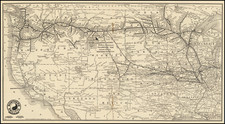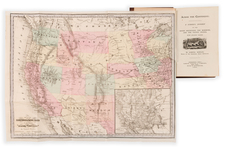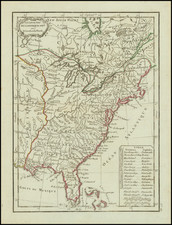"I regard the device of Mr. Ives as the most ingenious and valuable aid to the teacher of American history, in impressing the political development of the country upon the students, that I have ever seen." - Dr. D. H. Cochran
Captivating mechanical map illustrating the land acquisitions of the United States from 1776 onward, intended by its maker as an educational tool.
The map's mechanism is rather complex. The whole map is comprised of a top layer, a base layer, and two layers associated with each land treaty. Of the two land treaty layers, one is static and the other moves. In the original state, the Indian tribes which previously inhabited the land are labeled, when the toggle has been moved, the political boundaries of the United States move over to cover the Indian Lands, thereby displaying the modern (as of 1893) state borders and details.
The map has nine moving land pieces, illustrate the following U.S. acquisitions:
-
1776. 13 Original Colonies (now 16 states)
-
1783. Public Domain.
-
1803. Louisiana Purchase.
-
1819. Florida Purchase. [Treaty of Adams-Onis]
-
1845. Texas Annexation.
-
1846. Oregon Treaty.
-
1848. Treaty of Guadalupe Hidalgo. [Not correctly labeled]
-
1850. Texas Cession.
-
1853. Gadsden Purchase.
The map, quite likely Ives own copy, is offered here with a cabinet photograph of Ives and 3 copies of the accompanying instructional pamphlet. The pamphlets reveal that the present example is actually the second state, with photographs at the front of each pamphlet. Moreover, the 3 pamphlets show that Ives first offered the map while he was in Philadelphia, then later in Andover, New Hampshire, and finally, the second state, with an address in New York City.
James Thomas Bostock Ives
James T. B. Ives (1839-1915) was elected a Fellow of the Geological Society of London in 1871. He moved to the United States from Great Britain in 1886. In 1893, he received a medal for his innovative maps at the World Columbian Exposition, in Chicago.
Ives also authored the Ives (Geological) Strata Map and the Ives (Topographical) Altitude Map. These maps likewise relied on moving parts (albeit a simpler mechanism of layered pages) to communicate a complicated geographic phenomenon.
One of his maps, illustrating the development of the structure of the earth, was given to the Academy of Natural Sciences, Philadelphia, upon his death in 1915. It was subsequently used for teaching purposes at The Drexel Institute of Art, Science, and Industry and then sold to the Library of Congress in 2008.
Indian Tribes
The map pays particular attention to the Indian tribes who were dispossessed upon the expansion of the United States. The accompanying booklet elaborates the sources for that data:
Following are the Tribes constituting the Stocks whose distribution at time of earliest explorations within what is now the United States is shown on the Ives Historical Map, in compiling which the principal authority followed is D.r D. G. Brinton's Map issued with the Eleventh Census Report and his "Races and Peoples".
The booklet also includes a section on European settlement:
European Settlements / At the middle of the Eighteenth Century within what is now the United States and adjacent parts of Canada. With date of earliest settlement in each Colonial State, and earliest Spanish and French Settlements.
The booklet also details the population of each colony at 1750, and the population of the United States at each Census since 1790, as well as the original area of the United States.
Rarity
The map is of the utmost rarity; we have found no other extant examples. The only reference we could find to Ives map was a notice of its acquisition by the Boston Public Library in 1894, although we can find no record of its survival.
The map was probably produced over some span of time; as we note two different versions illustrated in the photographs in the pamphlet.
The difficulty of construction must have slowed production of the map, and its extreme fragility, combined with its intended use in classrooms, would have insured a very low survival rate.
Provenance
Descended in the Ives family until we acquired it in 2016.









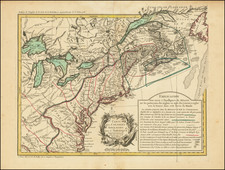
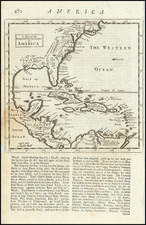
![[Pocket Atlas of Denison's Annual and Seasonal Climatic Maps of the United States] Descriptive Circular of The Annual and Seasonal Climatic Maps of the United States . . . .](https://storage.googleapis.com/raremaps/img/small/88162.jpg)
